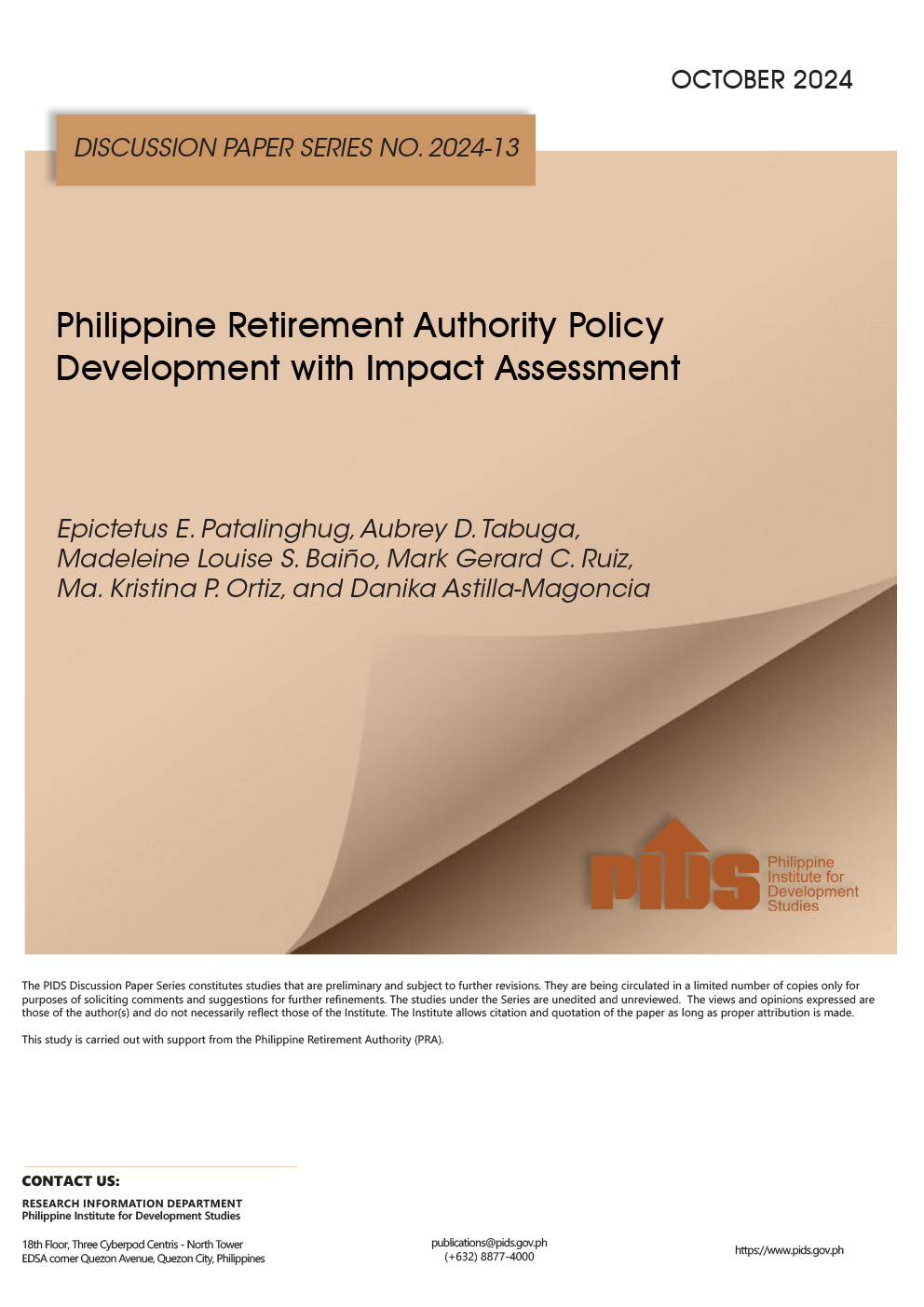Those advocating for a shift to a federal form of government should convince us that this would be worth the cost.
A federal format will necessarily involve building a new layer of elected officials and bureaucrats. That will cost money.
When we devolved power to local government units in the early nineties, the public payroll increased by nearly half. Incumbent local officials went on a hiring spree – mainly to consolidate their voting bases. This, in turn, had the unintended effect of strengthening political dynasties.
The Local Government Code provided for internal revenue allocations (IRA) for all the smaller political units, including the barangay. Despite the IRA, local governments found they could not support devolved functions such as public hospitals.
Two Cabinet members of then President Corazon Aquino strongly opposed devolving the functions of their agencies. Then Health Secretary Alfredo Bengzon and Agriculture Secretary Carlos Dominguez thought devolving agricultural policy setting and the public health system was unwise. They found themselves in the minority against the political juggernaut assembled by then House Speaker Ramon Mitra who was pandering to the whims of local politicians.
Subsequent developments proved the two dissenting secretaries right.
Shortly after they were devolved, the local governments found they could not operate the hospital systems transferred to their jurisdiction. They returned the hospitals to the national government even as they kept the IRA for themselves.
We know what happened to our agriculture. That sector stagnated. Local governments did not have the capacity to bring our agriculture to life. Today, we import not only rice but also onions, garlic, beef and chicken parts.
With a large part of public revenues set aside for the IRA, the national government had less available for strategic infrastructure investments. As the infra gap between us and our neighbors widened, so did the gap in economic performance between us and our regional neighbors widen. Our neighbors were investing double the share of GDP in economic investments than we were.
Today, for instance, Vietnam consumes nearly triple the amount of steel per capita than we do. That shows in the magnificent infrastructure that is supporting that country’s strong economic emergence. If the Build, Build, Build program fails, Vietnam will soon overtake us in every economic measure.
While depressing the national government’s ability to invest in strategic infra, the IRA enhanced the capacity of local governments to waste money on useless infra such as the impressive arches that demarcate boundaries between towns. While our ports and airports became decrepit and our road system congested, local governments were squandering money on “multi-purpose solar drying facilities” (actually basketball courts where grain were put out to dry some of the time and barangay socials held most of the time).
And what did the devolution process achieve in the meantime? Did it make our democracy more profound? Did it make our economic progress more inclusive?
Look at the Congress we have and weep.
PIDS
The Philippine Institute for Development Studies (PIDS) recently put out an initial study that conservatively estimates an additional P44 billion to P72 billion will be needed to fund the new layer of bureaucracy a shift to federalism will imply.
That estimate includes only the additional costs to be incurred by setting up mini-legislatures and executive organs in all the proposed federal states. Counted in are salaries and operating expenses for officials elected to man the federal state.
The PIDS was careful to point out that their estimates did not include the cost of devolving the functions of existing state agencies. Depending on how the proposed shift to federalism firms up, the federal states could imagine new items of expenditure such as setting up a parallel security force to the standing national police.
Most of the federalist proposals I have seen propose an expanded Senate to include regional representation. None of these proposals clearly indicate the bloated House of Representatives will be trimmed. That suggests the new national legislature will even be more costly than the one existing.
Every congressman, for instance, hires staff and receives a rather fabulous budget for “constituency affairs.” He can commandeer items in the national budget for such things as district hospitals (often unmanned) and public tertiary education institutions (that very often have no real faculty to support it). Multiply that by 300 and that translates into a large budget outlay that could have been better used elsewhere.
This is not the most rational way to spend public money. But remember, the House holds power over the purse.
In order to trim the costs of maintaining a fat Congress, we will have to go through the complicated process of redistricting as take out that fraud we call “party-list representation.” There is no indication our current crop of politicians are even interested in doing this.
Federalism is all about money. The provincial elites want first crack at the nation’s revenues, leaving national government to shoulder the costs of our standing debt, our standing army and our foreign policy with what is left of the revenue stream after the federal states are fed.
During the debates over federalism in the 2005 Consultative Commission on Charter Change, I warned that a shift in the manner revenues are allocated would lead to a fiscal meltdown. Our sovereign credit ratings will drop through the floor if we make revenues for the national government secondary to the share the federal states retain for themselves.
While the money question is central to the federalism debate, it is hardly tackled in all the proposals so far. This is dangerous.






